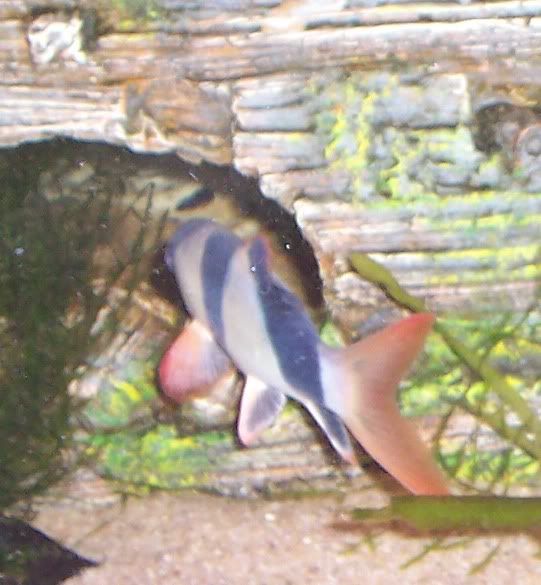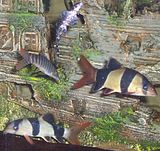Martin Thoene wrote:Wolf, the difference in head shape is probably just genetic. I've seen whole batches of streamlined forehead Clowns and another batch with domed foreheads. We're not all the same shape and size right?
Does not really apply.
We know that WE are one species, but even then major genetic variations may be of use to, for example, study prehistoric migrations.
We don't even know for sure if clowns are one species; did you try to breed the domed kind with the streamlined?
Or, less unlikely, this may indicate a regional variation within the same species, this would be of interest already.
Given that we are not exactly in a position to do clown breeding experiments or decypher their genetic code, their behavior is possibly the best indicator we have; this is why I asked Wolf about how his other loaches treat the new one. While we don't know if the new loach is another (sub-)species or not, they might.
Unfortunately, one incident of rejection does not prove that this is really another kind; it may be that they view different colors as sickness, and loaches _seem_ to reject the sick ones.



 Resistance is futile. You will be assimilated.
Resistance is futile. You will be assimilated.